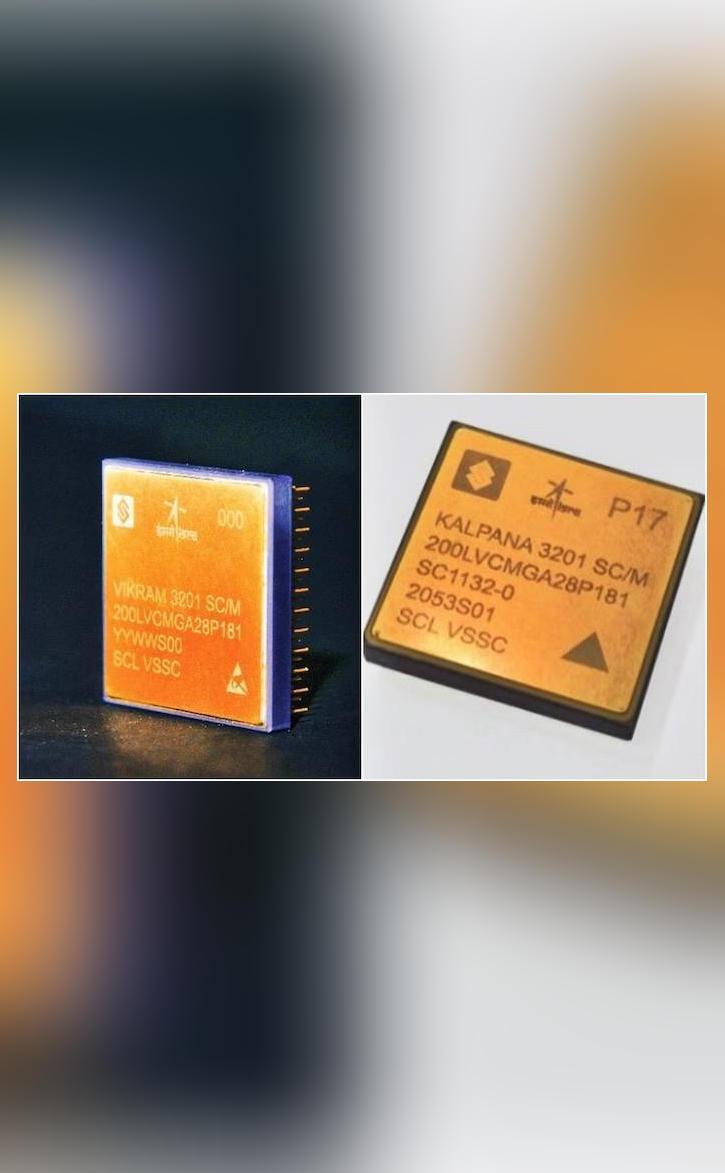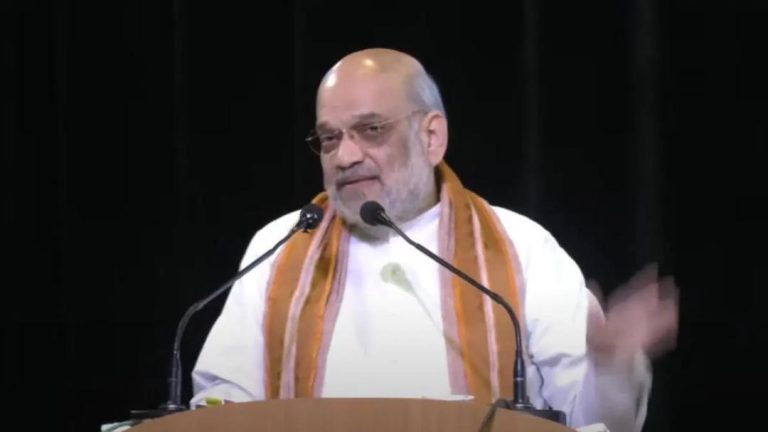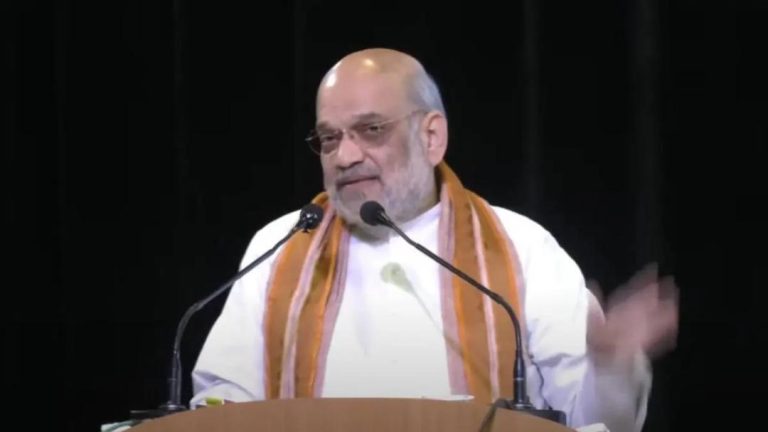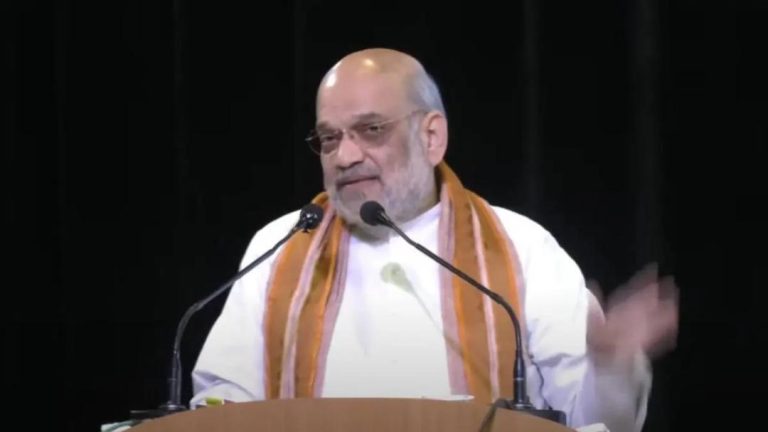
ISRO & SCL Develop 32-bit Microprocessors for Space Applications
In a significant achievement for the Indian space industry, the Indian Space Research Organisation (ISRO) and the Semiconductor Laboratory (SCL) in Chandigarh have jointly developed two 32-bit microprocessors, VIKRAM3201 and KALPANA3201. These microprocessors have been designed and developed for use in space applications, marking a major milestone in the country’s journey towards self-reliance in the production of high-end electronic components for space exploration.
The VIKRAM3201 microprocessor is the first fully “Make-in-India” 32-bit microprocessor that has been qualified for use in the harsh environmental conditions of launch vehicles. This achievement is a testament to the capabilities of Indian researchers and engineers who have worked tirelessly to develop cutting-edge technology that can compete with the best in the world.
The development of these microprocessors was a collaborative effort between ISRO and SCL, with the former providing the requirements and specifications for the microprocessors, while the latter designed and developed the actual hardware. The VIKRAM3201 microprocessor is a 32-bit RISC (Reduced Instruction Set Computing) processor that operates at a frequency of 24 MHz and has a power consumption of 1.5 watts. It has a memory bandwidth of 16 bits and supports a maximum memory capacity of 64 MB.
The KALPANA3201 microprocessor, on the other hand, is a 32-bit RISC processor that operates at a frequency of 12 MHz and has a power consumption of 0.75 watts. It has a memory bandwidth of 16 bits and supports a maximum memory capacity of 32 MB. Both microprocessors have been designed to operate in harsh environmental conditions, including extreme temperatures, vibrations, and radiation.
The development of these microprocessors is a significant step forward for India’s space program, as it enables the country to reduce its dependence on foreign suppliers for critical electronic components. The use of homegrown microprocessors also ensures better control over the design, development, and testing of spacecraft and launch vehicles, which is essential for ensuring the success of space missions.
The VIKRAM3201 and KALPANA3201 microprocessors have been designed to meet the specific requirements of ISRO’s space missions, including the development of launch vehicles, satellites, and spacecraft. The microprocessors are capable of handling complex tasks, such as data processing, communication, and navigation, and are designed to operate in real-time.
The development of these microprocessors is also expected to have a positive impact on the Indian electronics industry, as it will create new opportunities for Indian companies to develop and manufacture electronic components for space applications. This will not only create new jobs but also enhance the country’s capabilities in the field of space technology.
The achievement of ISRO and SCL in developing these microprocessors is a testament to the capabilities of Indian researchers and engineers who have worked tirelessly to develop cutting-edge technology that can compete with the best in the world. The development of these microprocessors is a significant step forward for India’s space program, and it is expected to play a key role in the country’s future space missions.
Conclusion
The development of the VIKRAM3201 and KALPANA3201 microprocessors by ISRO and SCL is a significant achievement for the Indian space industry. These microprocessors have been designed and developed for use in space applications, and their development is expected to have a positive impact on the Indian electronics industry. The achievement of ISRO and SCL is a testament to the capabilities of Indian researchers and engineers who have worked tirelessly to develop cutting-edge technology that can compete with the best in the world.
Source:






